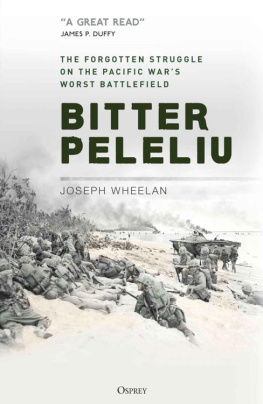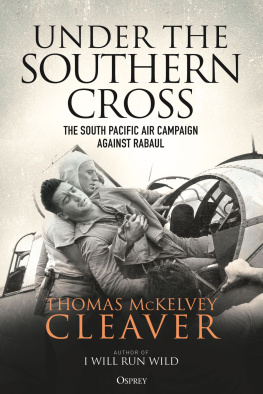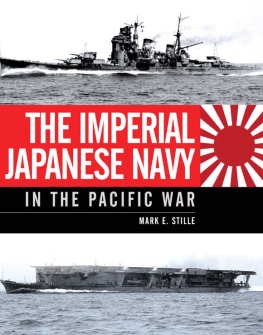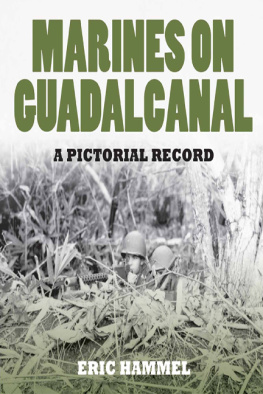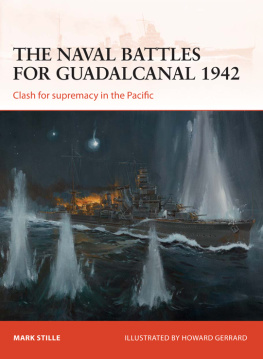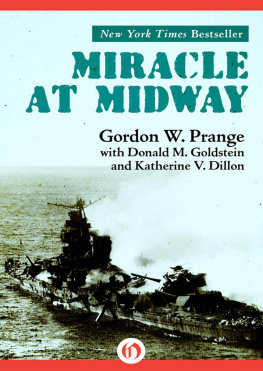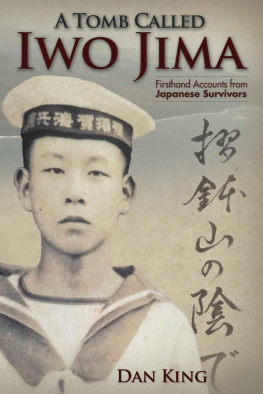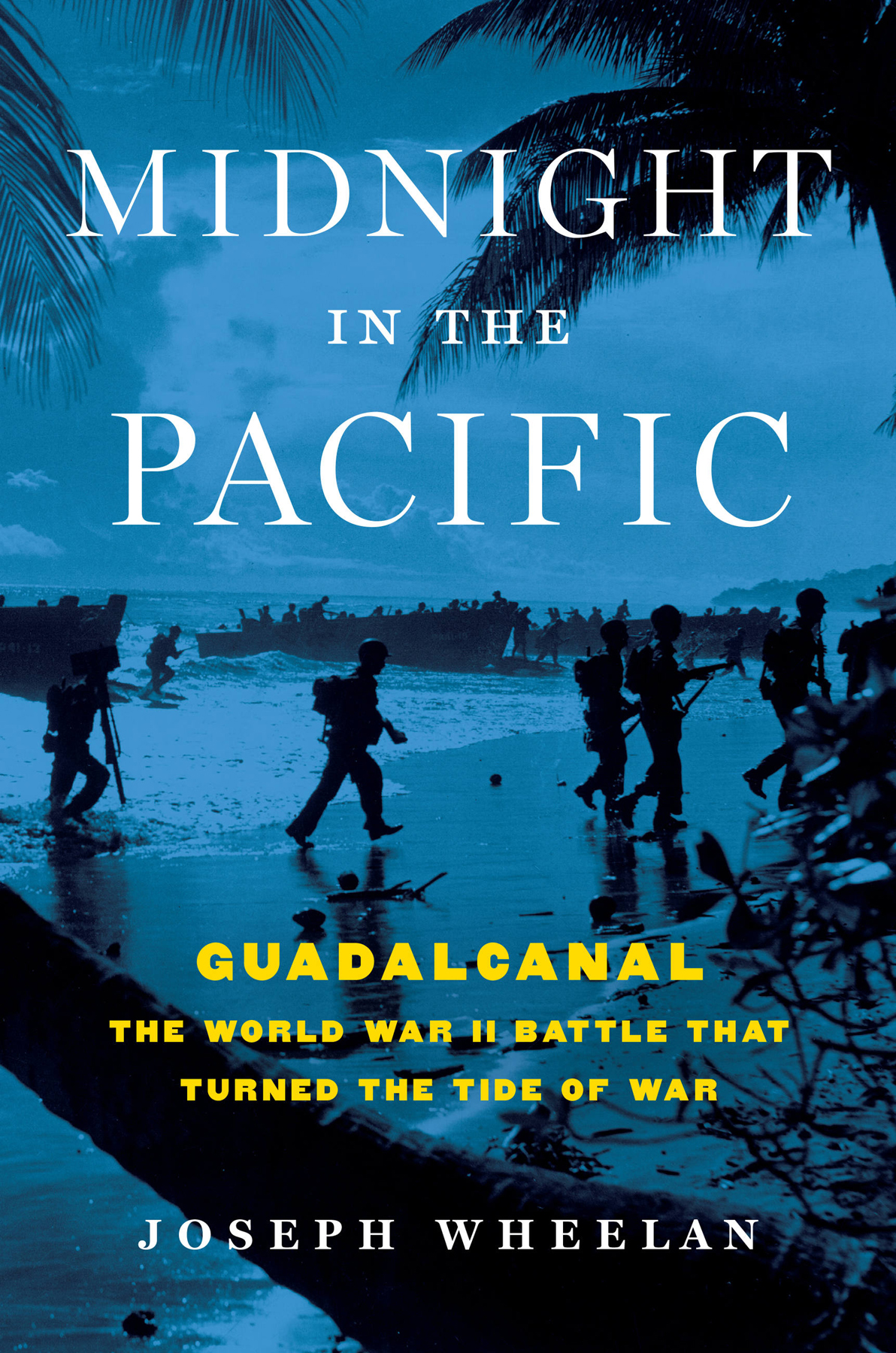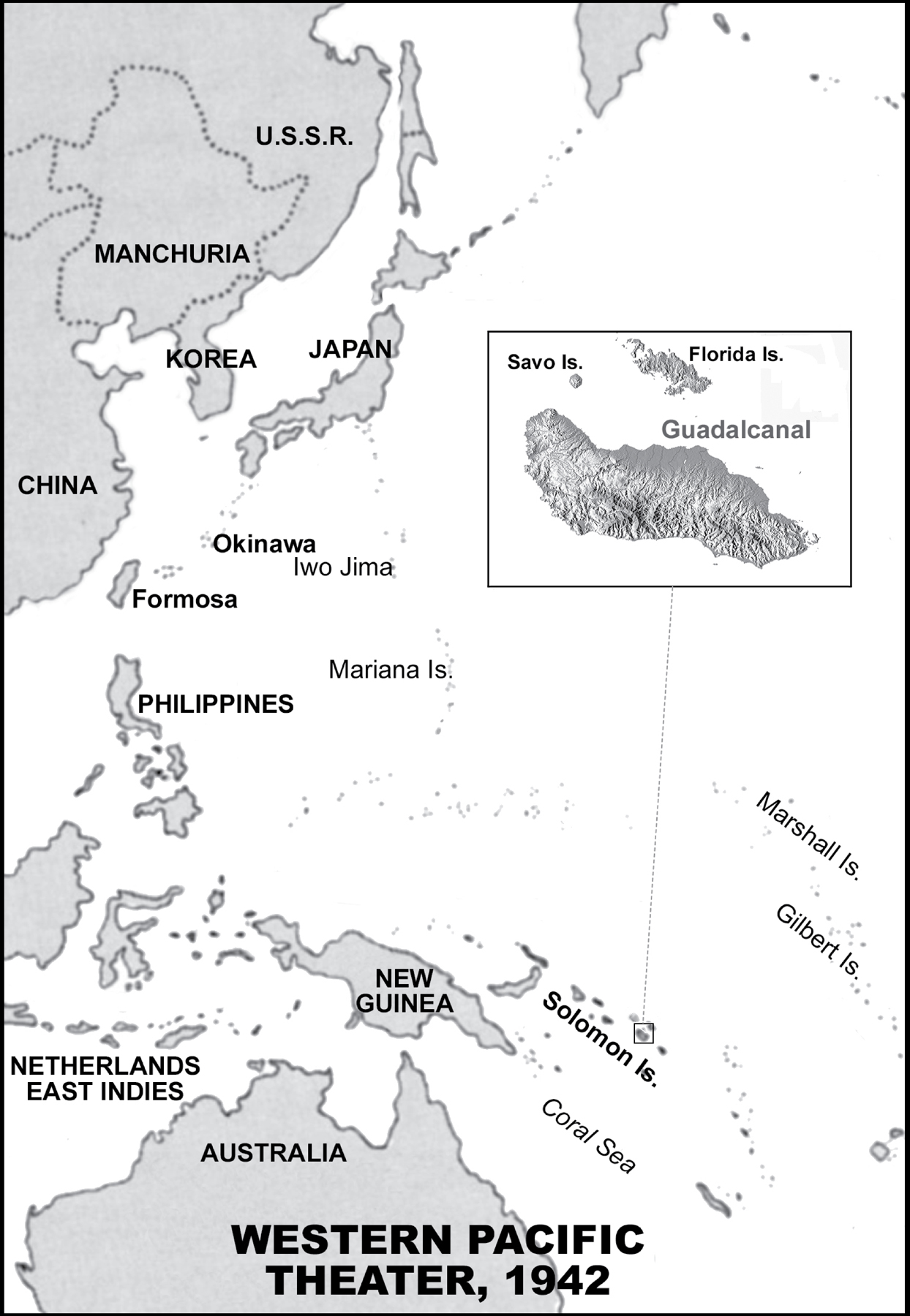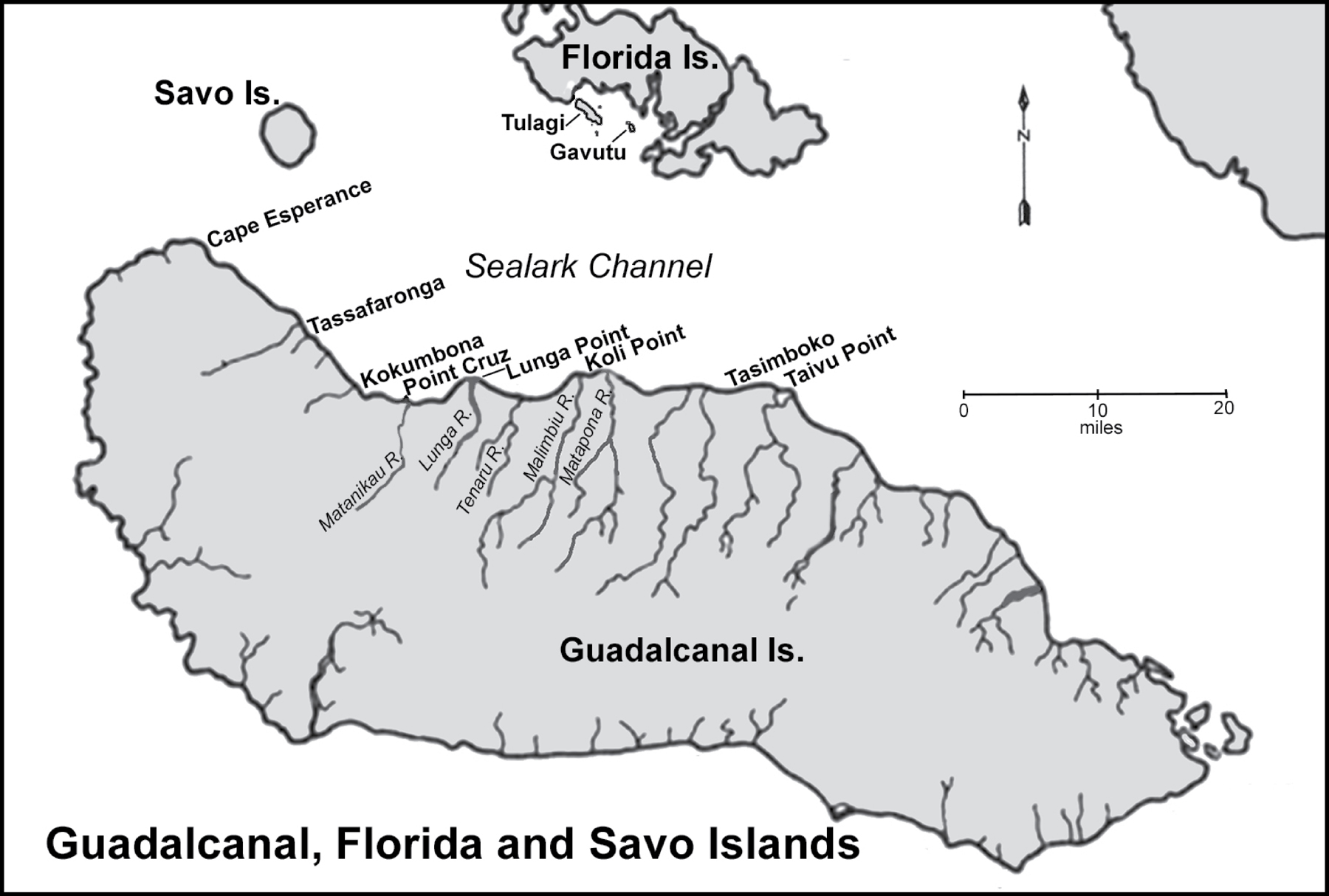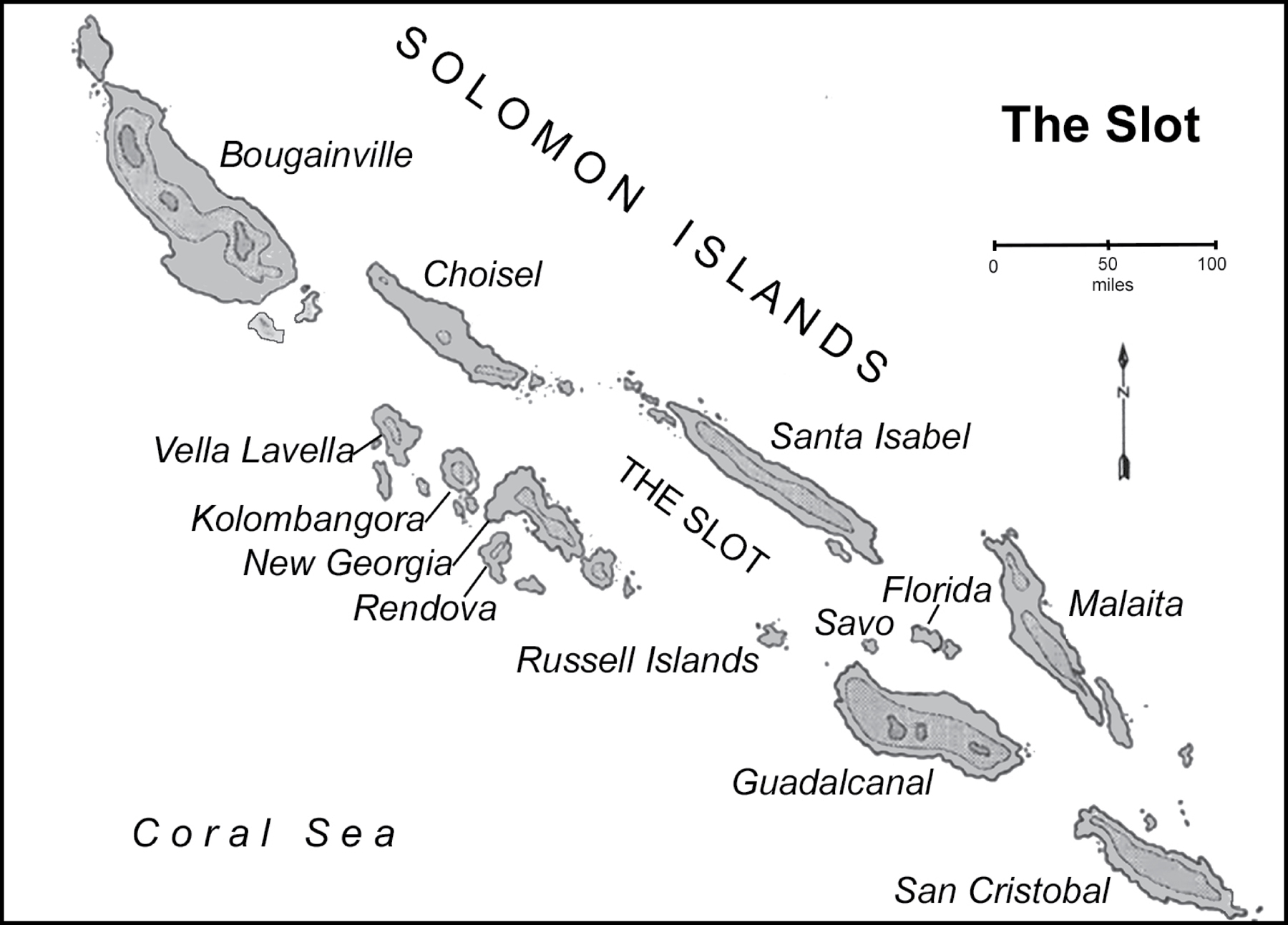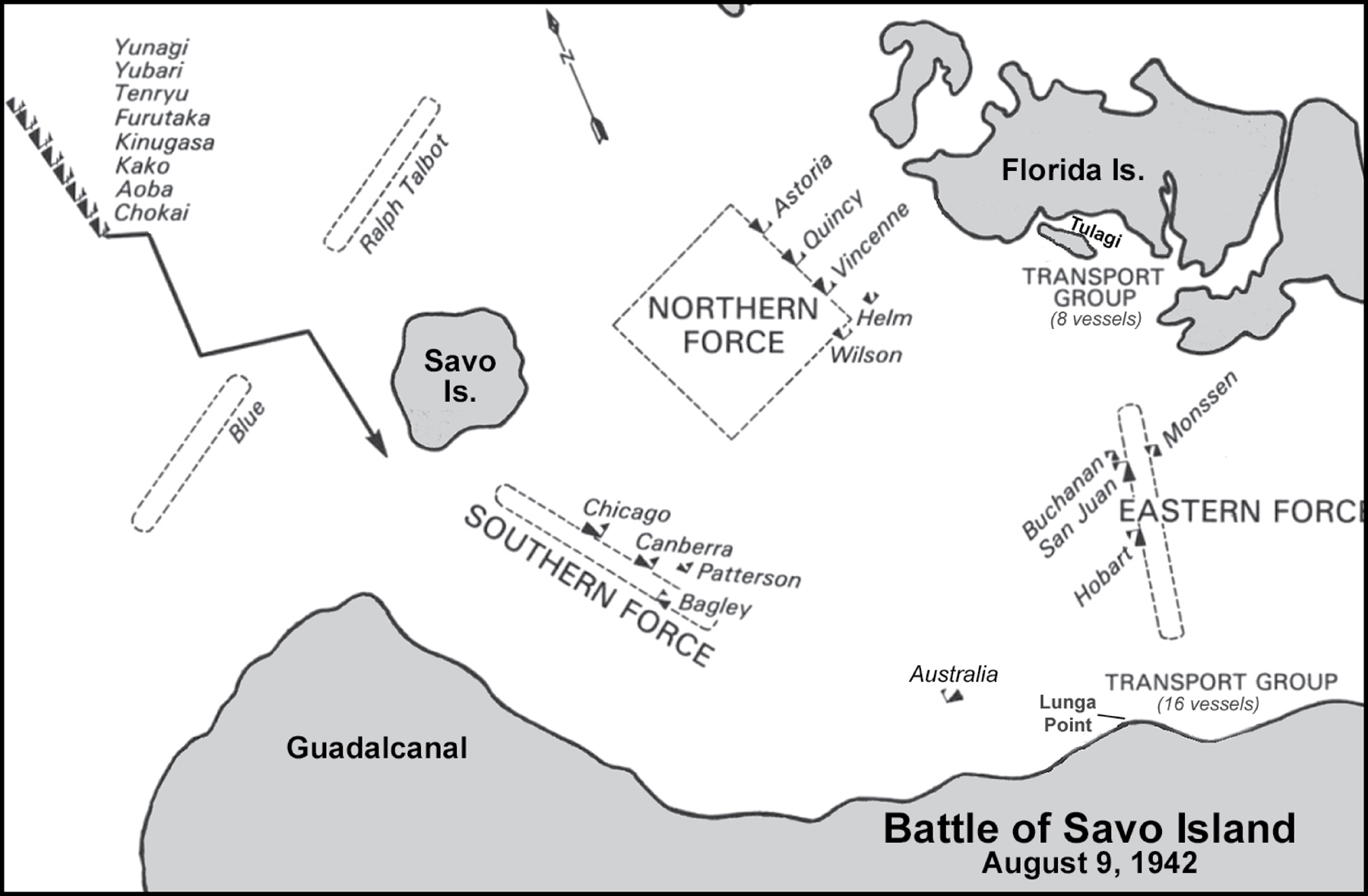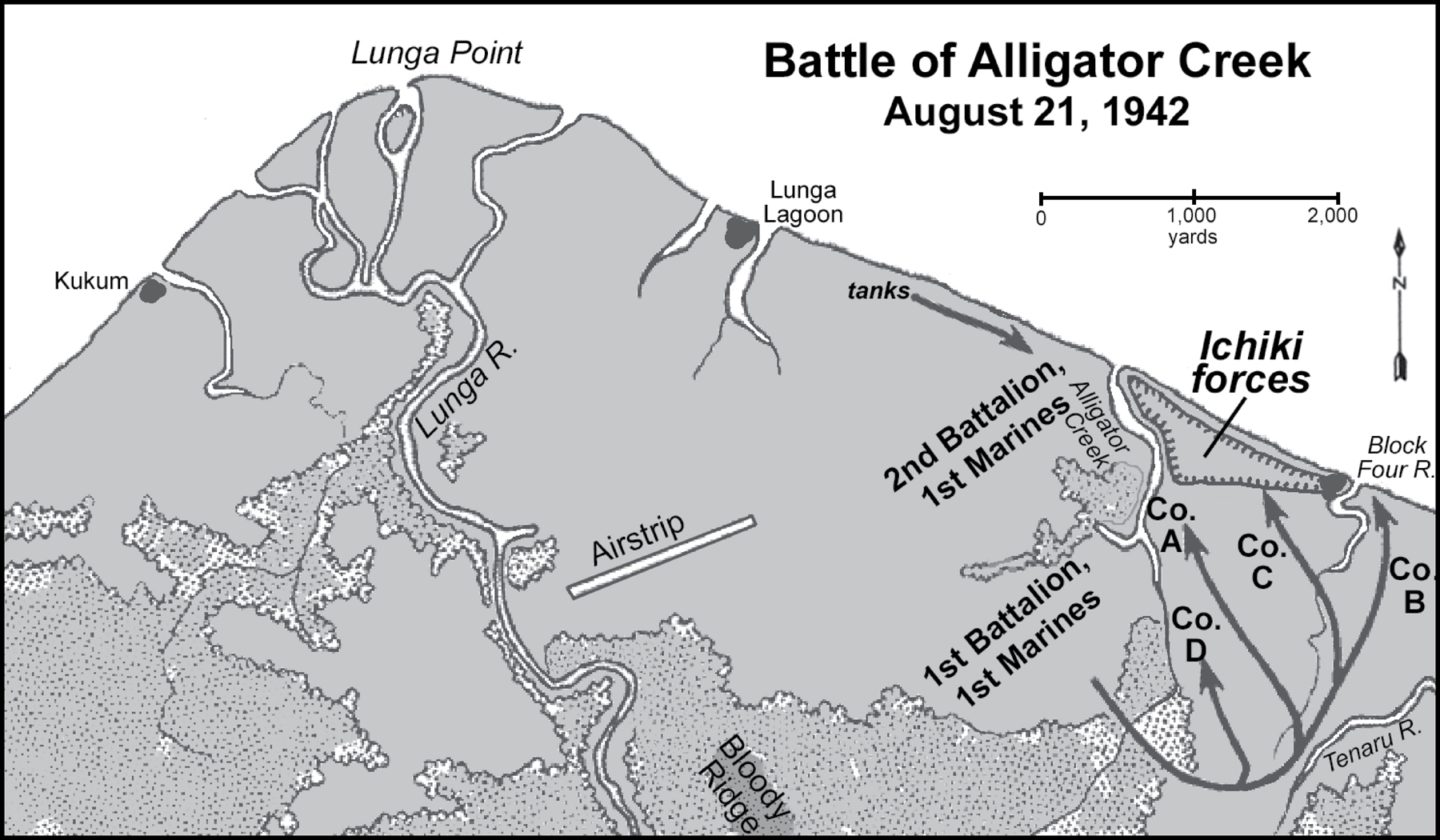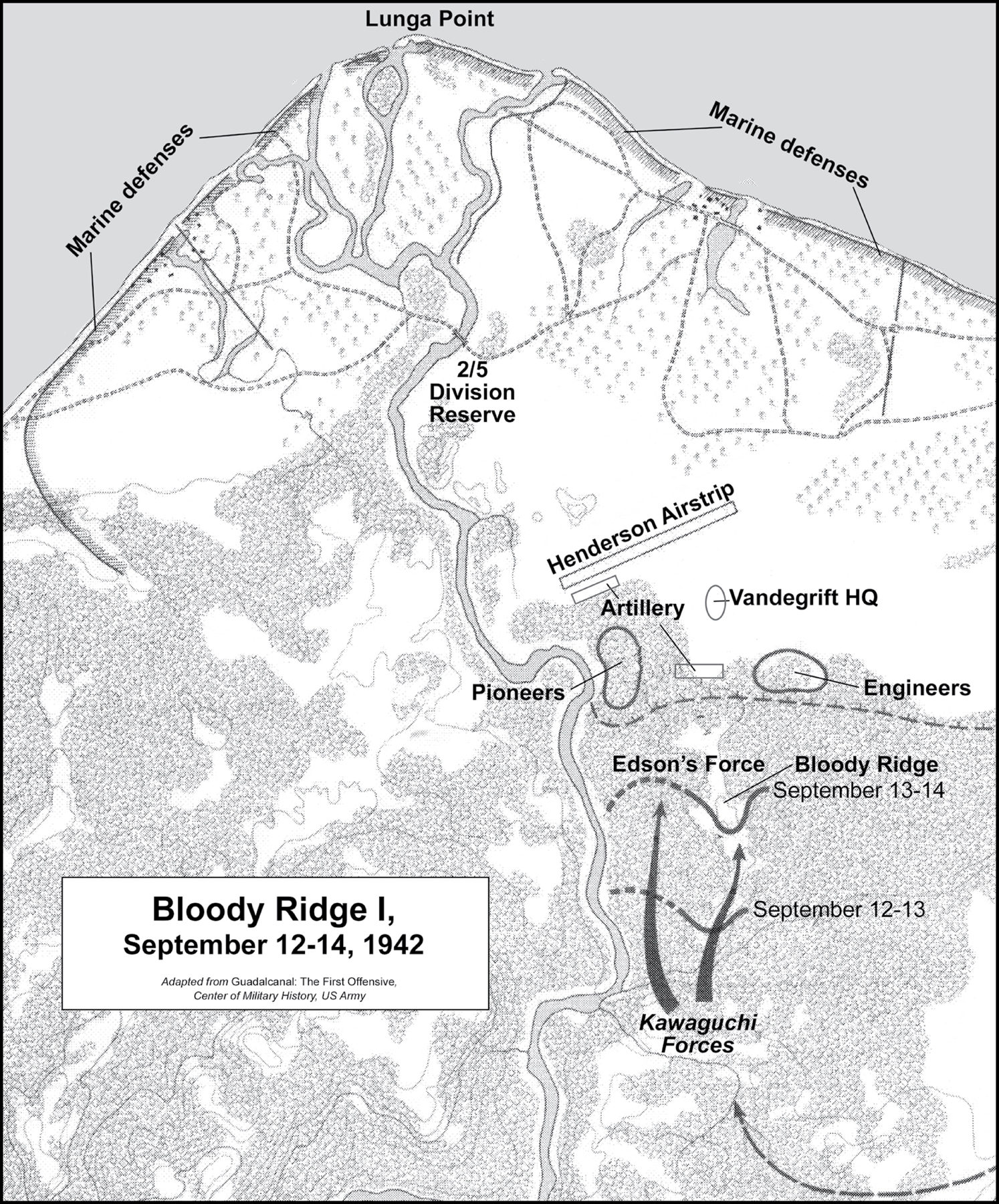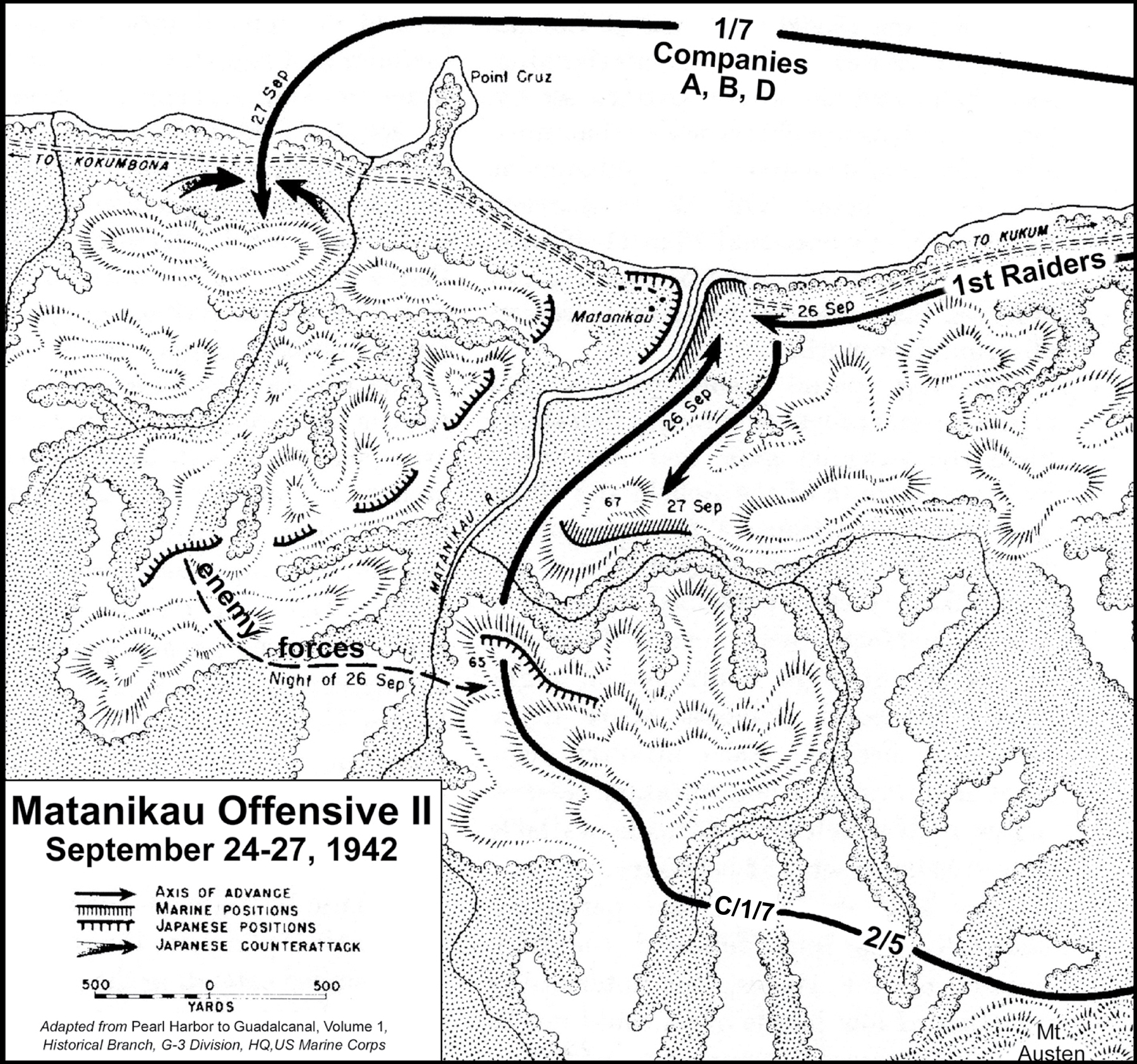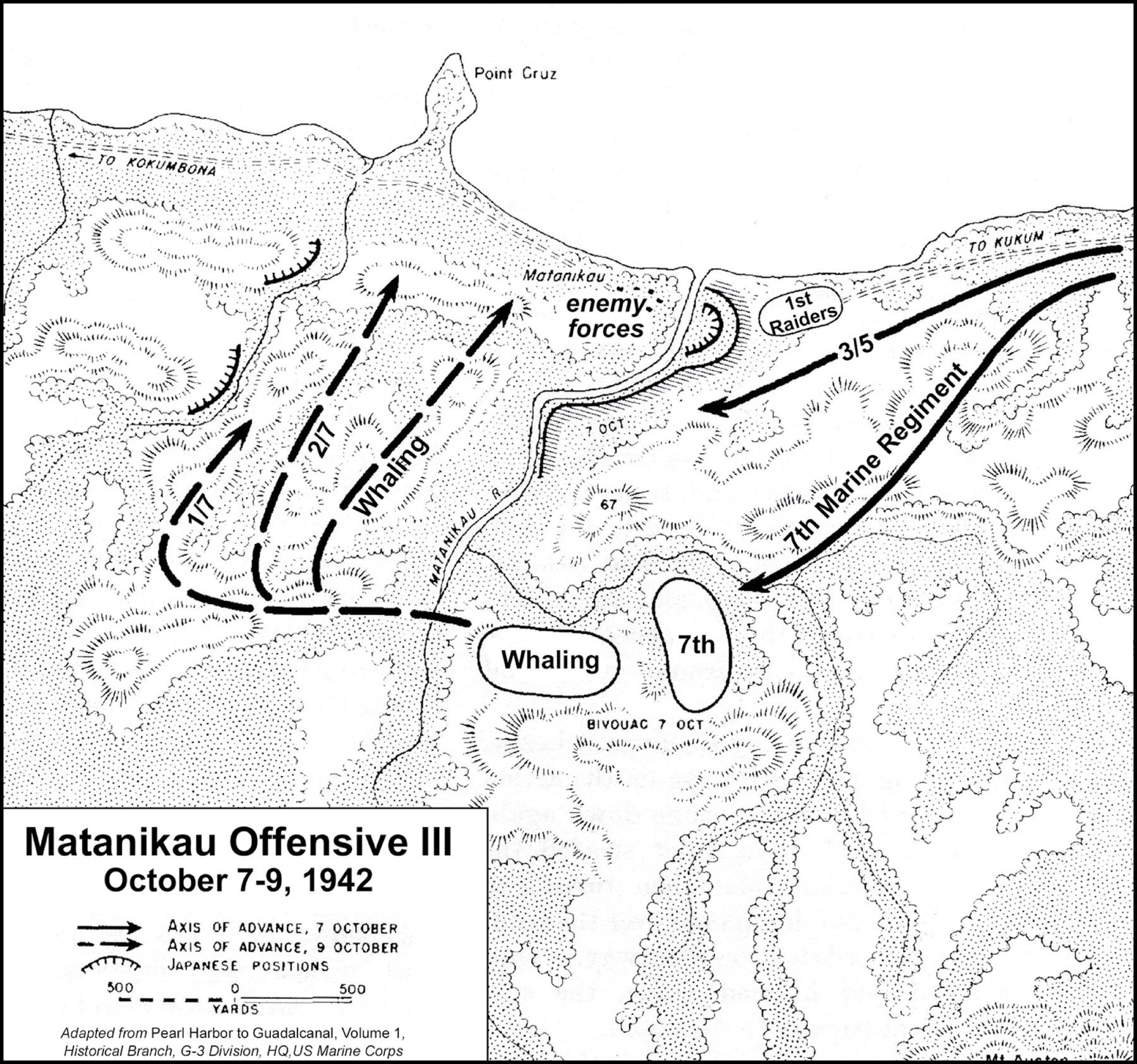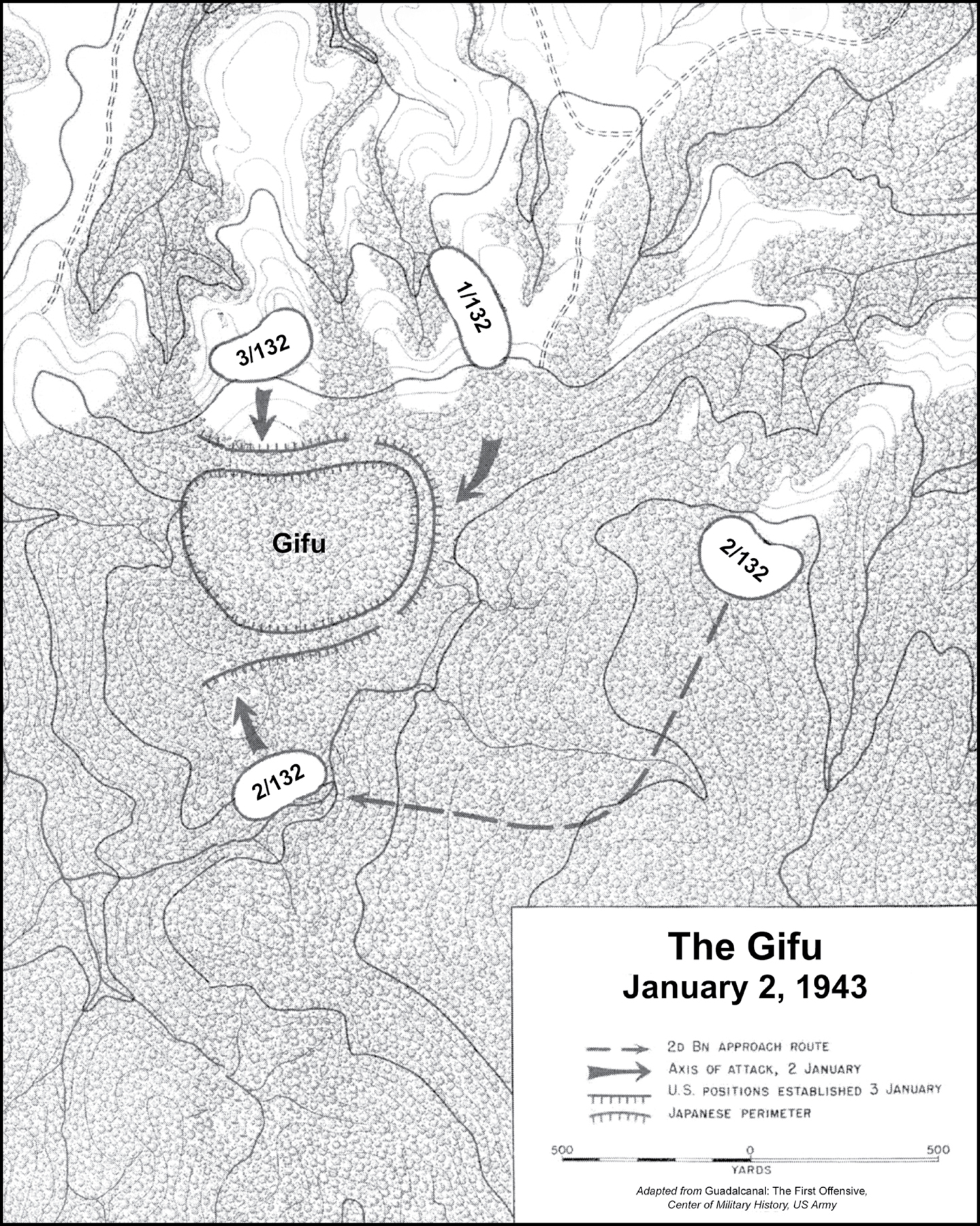Joseph Wheelan - Midnight in the Pacific: Guadalcanal—The World War II Battle That Turned the Tide of War
Here you can read online Joseph Wheelan - Midnight in the Pacific: Guadalcanal—The World War II Battle That Turned the Tide of War full text of the book (entire story) in english for free. Download pdf and epub, get meaning, cover and reviews about this ebook. year: 2017, publisher: Hachette Books, genre: History. Description of the work, (preface) as well as reviews are available. Best literature library LitArk.com created for fans of good reading and offers a wide selection of genres:
Romance novel
Science fiction
Adventure
Detective
Science
History
Home and family
Prose
Art
Politics
Computer
Non-fiction
Religion
Business
Children
Humor
Choose a favorite category and find really read worthwhile books. Enjoy immersion in the world of imagination, feel the emotions of the characters or learn something new for yourself, make an fascinating discovery.

- Book:Midnight in the Pacific: Guadalcanal—The World War II Battle That Turned the Tide of War
- Author:
- Publisher:Hachette Books
- Genre:
- Year:2017
- Rating:5 / 5
- Favourites:Add to favourites
- Your mark:
Midnight in the Pacific: Guadalcanal—The World War II Battle That Turned the Tide of War: summary, description and annotation
We offer to read an annotation, description, summary or preface (depends on what the author of the book "Midnight in the Pacific: Guadalcanal—The World War II Battle That Turned the Tide of War" wrote himself). If you haven't found the necessary information about the book — write in the comments, we will try to find it.
From early August until mid-November of 1942, US Marines, sailors, and pilots struggled for dominance against an implacable enemy: Japanese soldiers, inculcated with the bushido tradition of death before dishonor, avatars of bayonet combat close-up, personal, and gruesome. The glittering prize was Henderson Airfield. Japanese planners knew that if they neutralized the airfield, the battle was won. So did the Marines who stubbornly defended it.
The outcome of the long slugfest remained in doubt under the pressure of repeated Japanese air, land, and sea operations. And losses were heavy. At sea, in a half-dozen fiery combats, the US Navy fought the Imperial Japanese Navy to a draw, but at a cost of more than 4,500 sailors. More American sailors died in these battles off Guadalcanal than in all previous US wars, and each side lost 24 warships. On land, more than 1,500 soldiers and Marines died, and the air war claimed more than 500 US planes. Japans losses on the island were equally devastating starving Japanese soldiers called it the island of death.
But when the attritional struggle ended, American Marines, sailors, and airmen had halted the Japanese juggernaut that for five years had whirled through Asia and the Pacific. Guadalcanal was Americas first major ground victory against Japan and, most importantly, the Pacific Wars turning point.
Published on the 75th anniversary of the battle and utilizing vivid accounts written by the combatants at Guadalcanal, along with Marine Corps and Army archives and oral histories, Midnight in the Pacific is both a sweeping narrative and a compelling drama of individual Marines, soldiers, and sailors caught in the crosshairs of history.
Joseph Wheelan: author's other books
Who wrote Midnight in the Pacific: Guadalcanal—The World War II Battle That Turned the Tide of War? Find out the surname, the name of the author of the book and a list of all author's works by series.

